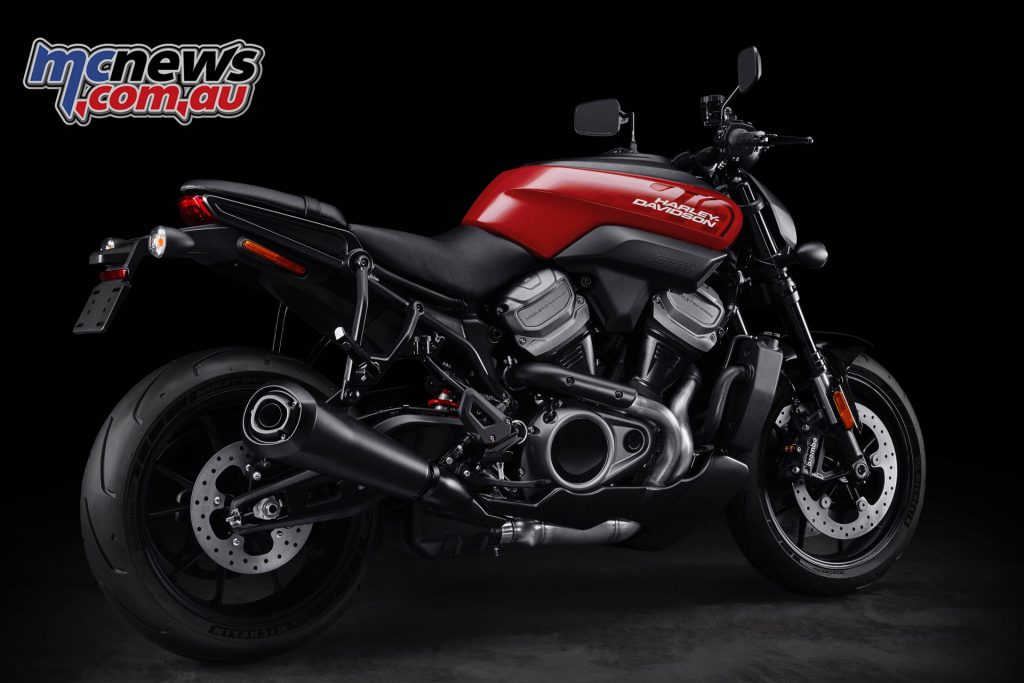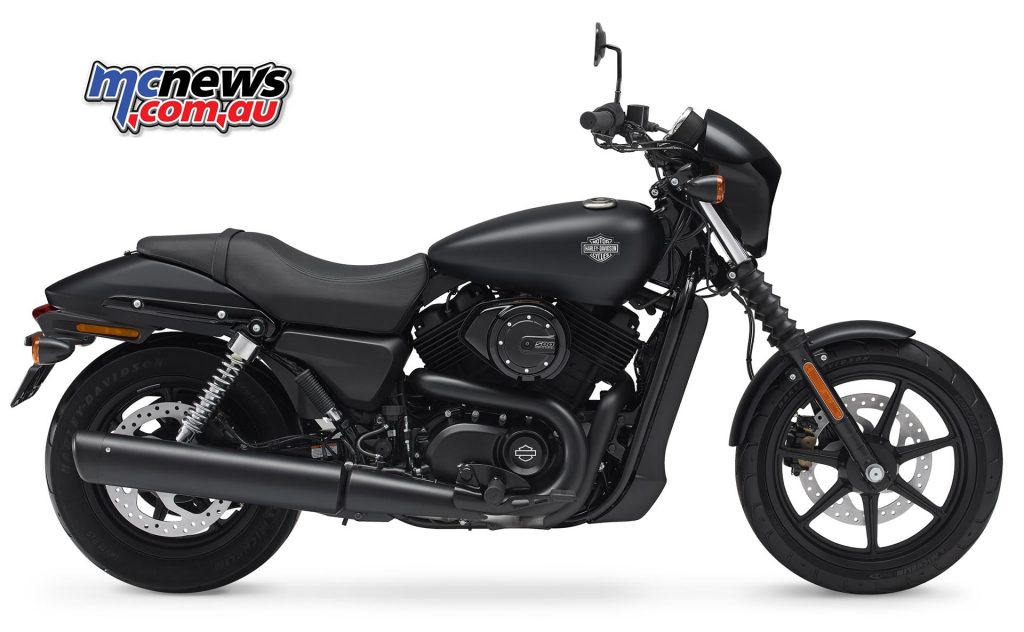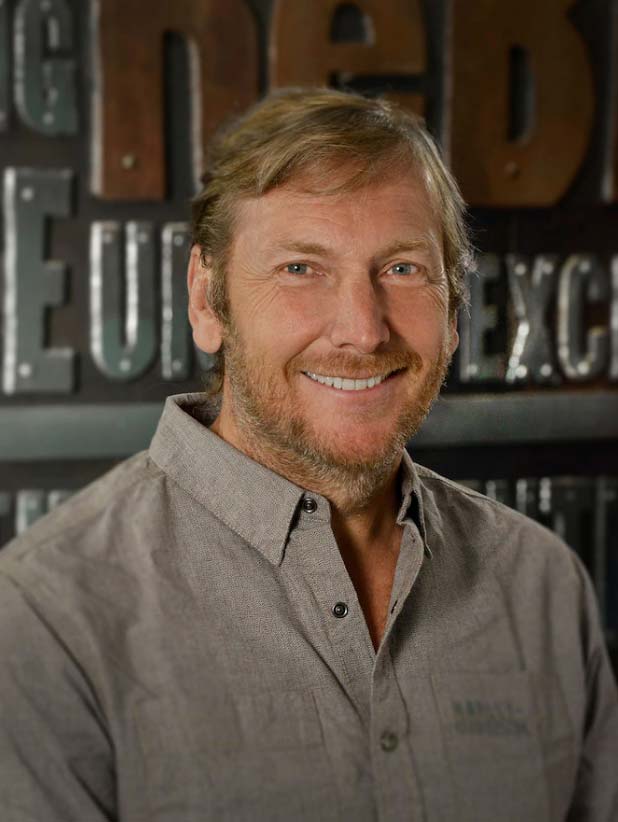A quick focus on Harley-Davidson
Market Data
Harley-Davidson posted earnings of $69.7 million USD in the first quarter of 2020, compared to $127.9 million USD during the opening quarter of 2019.
Harley sold 49,151 motorcycles in the first quarter of 2019, but this year’s figures contracted by a further 17.7 per cent during Q1 2020 to 40,439 motorcycles.
Obviously the recent shut down in production due to COVID-19 is going to have even further dramatic effects when Q2 results are eventually posted.
The cuts in production will obviously affect the availability of motorcycles to sell and the introduction of new models that might have seen the light of day this year are now expected to be pushed back to 2021 or 2022.

Harley’s share price has dropped from a 12-month high of $40.89 USD in October 2019, to dip as low as $14.31 USD early last month. Today Harley-Davidson shares are trading around $23 USD on the NYSE.
While Harley-Davidson sales remain strong here in Australia, they were down 8.7 per cent on sales in the first quarter of 2020, and have gone much further backwards so far in Q2. That state of affairs though is present almost across the entire spectrum of motorcycle sales and certainly not just confined to Harley, or even motorcycles in particular, as the COVID-19 pandemic cruels retail across the board.
Harley-Davidson is still the most popular brand of road motorcycles in Australia and the Street 500 is Harley’s biggest selling model here ahead of the Breakout, Low Rider S and Fat Boy while the Fat Bob rounds out their top five selling models in Australia.

In their home market of America Harley still have an almost 50 per cent market share of the above 601cc category of motorcycles. Data for that 601cc+ segment of the market is not available in Australia, but across the entire capacity range of road motorcycles sold here, Harley hold down an impressive almost 20 per cent share of the Australian market.
Pay cuts across the board
Last month Harley executives took a 30 per cent pay cut while other workers also saw their wages cut by between 10 and 20 per cent across the board.
The Rewire
Harley management recently introduced a plan they have dubbed ‘The Rewire’, and released a statement to outline somewhat of a new approach which we include further below.
New CEO
German 57-year-old Jochen Zeitz recently took over as CEO from the slightly younger Matt Levatich who had been in the position for five years.
Zeitz was CEO of Puma by the age of 30 and spent almost two decades as CEO of Puma before moving into other roles within the brand and also at Kering luxury goods. He first joined the board of Harley-Davidson in 2007 so is not exactly new blood, so to speak…
Zeitz recently made headlines after buying over three-million US dollars worth of Harley-Davidson stocks himself this month, he holds at least 150,000 shares in the company. It is fair to say that he doesn’t have to rely on the $250,000 USD yearly salary paid to him by H-D to get by….

Getting back to work
This week Harley-Davidson production facilities in North America started a graduated return to work.
“Harley-Davidson has begun a planned phased approach to resuming production in its facilities, following the guidelines of public health and regulatory authorities and keeping employee health and safety front and centre. At all of its facilities, Harley-Davidson has implemented enhanced safety measures, protocols to support social distancing and is bolstering its already-rigorous cleaning and sanitation practices.”
The Rewire
Harley-Davidson official statement
The company is executing a set of actions, referred to as The Rewire, that will be further developed over the coming months, leading to a new strategic plan. These actions are part of a comprehensive Rewire playbook designed to address top priority opportunities, drive consistent execution and reset the company’s operating model in order to reduce complexity, sharpen focus and increase the speed of decision making. The company expects The Rewire actions – those already taken and those that will be implemented over the coming months – to lead to the definition of a new 5-year strategic plan that will incorporate key products and initiatives from the More Roads plan but will focus more on the markets and products that can drive performance in terms of profitability and growth. Key elements of The Rewire:
Enhance core strengths and better balance expansion into new spaces
- Return focus to the strength of brand and company, starting with dealers, customers, stronghold products and committed employees globally.
- Re-evaluate strategies to reach new riders and build ridership.
Prioritize the markets that matter
- Narrow focus and invest in the markets, products and customer segments that offer the most profit and potential. This includes building on Harley-Davidson’s strong position in the U.S.
- Establish a simplified market coverage model and take cost out of the process.
Reset product launches and product line up for simplicity and maximum impact
- Continue to be guided by the voice of customers and dealers to optimize value and profit delivery.
- Simplify and retime launches to reflect the new reality, align with the start of riding season and better suit the capacity of the company and dealers.
- Expand profitable iconic motorcycles to excite existing customers. Remain committed to Adventure Touring, Streetfighter and advancing electric motorcycles.
Build the Parts & Accessories and General Merchandise businesses to full potential
- Develop a comprehensive strategy across P&A and GM businesses that focuses on assortment and distribution opportunities, maximizes channels, improves ecommerce capabilities and grows revenue and margins for both the company and dealers.
- Align P&A and GM strategies with motorcycle strategy for a holistic presentation to the market.
Adjust and align the organizational structure, cost structure and operating model to reduce complexity and drive efficiency to set Harley-Davidson up for stability and success
- Create a framework including an organization that is more focused, profitable and nimble; a cost structure that is adjusted to the new realities of the market post crisis; and an operating model designed to increase empowerment and accountability.
- Establish commercially led central and new regional structures to gain a deeper understanding of customers and to return focus to dealers and selling.
- Elevate the role of Motorcycle Management and sharpen marketing strategy and execution to enable a bigger impact with an improved go-to-market process.
Each of these key elements of The Rewire playbook includes actions that have been implemented or are currently being developed. The company plans to share more about The Rewire in its Q2 update.
ENDS























